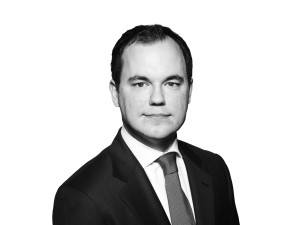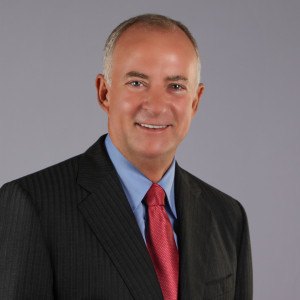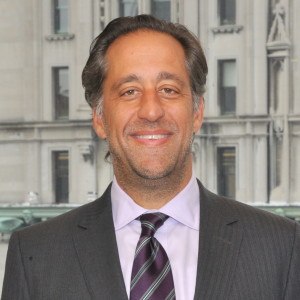

Q: Alternative reinsurance capital.There has been speculation over the past few years that alternative capital providers will move into areas beyond property-catastrophe reinsurance—down from reinsurance into insurance or from property into casualty and specialty lines.
What is your view? Where will alternative capital go next?
 Mike Krefta, Chief Underwriting Officer, Hiscox Re
Mike Krefta, Chief Underwriting Officer, Hiscox Re
We’re already seeing it. Our own Kiskadee ILS platform recently announced a new deal—Cardinal Re—to effectively collateralize insurance risk from Hiscox’s own terrorism and fine art portfolios. Noncatastrophe-related transactions like this will quickly become more common as we see alternative capital as less of a threat and more an opportunity.
Certainly within Hiscox, we think it adds diversity to our capital choices and gives brokers and clients alike, more options.

Bill Donnell, President of U.S. Property/Casualty, Swiss Re
Alternative capital is focused on low barriers to entry, high margin, predominantly nat-cat and retro business. That’s a very defined segment of the market. Long term, we believe that alternative capital is here to stay, but we don’t believe it’s fundamentally going to change the market.
Alternative capital tends to go into areas that have modeled exposures, and that’s something I would expect to remain the same…Complex commercial risks, high-growth markets and new emerging risks require market expertise and underwriting know-how that is not part of most alternative capital business models.
(Editor’s Note: Donnell is set to leave Swiss Re on Dec. 7 to become president and CEO of the National Council on Compensation Insurance.)

Michael Sapnar, CEO, TransRe
I don’t think that the new capital will be restricted to property-cat risk forever, but at least in the short term I think they will mostly stay in short-tail lines. Writing casualty means tying up the money for longer, which creates a gating issue, and returns may be diluted due to the inability to leverage writings since the capital has been collateralized. This isn’t the same for a traditional reinsurer.
However, in the longer term, I do think we will develop index products and products that convert long-tail casualty into a shorter-tail proposition. I hope that TransRe plays a leading part in whatever product emerges, but I think that’s a little down the road.
 Tad Montross, Chair and CEO, General Re Corp.
Tad Montross, Chair and CEO, General Re Corp.
The reality is that there is a disconnect between the short-term time horizon of capital market investors and the long-term nature of the liabilities we assume as an industry.

Gregory S. Hendrick, Executive Vice President and Chief Executive, Reinsurance Operations, XL Catlin
The presence of alternative capital in the reinsurance marketplace has been steadily growing over the past few years. We intend to utilize this capital to make sure we match the risk we assume with the right capital.
We have been involved in the use of alternative or third-party capital at both XL and Catlin over the last decade-plus. Post-Hurricane Katrina, XL set up one of the industry’s earliest sidecars with Cyrus Re. Today, we have a majority ownership in New Ocean Capital Management, a Bermuda-based reinsurance-linked asset manager formed to provide investors with access to the traditional reinsurance market, the collateralized reinsurance market and the reinsurance capital markets. Catlin has also been very active with its special purpose syndicates and Galileo cat bond, and this leaves XL Catlin well positioned to utilize alternative capital more broadly in the coming years.
It is our belief that incorporating material amounts of alternative capital into our underwriting structures will benefit our clients. By harnessing third-party alternative capital, we can deliver the most cost-effective solutions to our clients. There are also numerous opportunities in leveraging existing insurance-linked securities and third-party facilities. Plus, if we find ourselves a little heavier in one market from a risk management perspective, we can tap into the alternative capital market as a way to manage our risks.